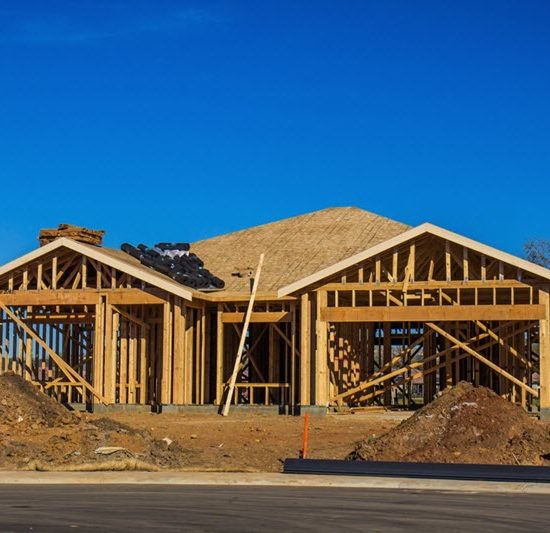 Dubai, which roiled markets with its request to delay $25 billion of debt payments in 2009, faces the prospect of rising borrowing costs if it succeeds in a bid to hold the Expo 2020 World Fair, Bank of America Corp. said.
Dubai, which roiled markets with its request to delay $25 billion of debt payments in 2009, faces the prospect of rising borrowing costs if it succeeds in a bid to hold the Expo 2020 World Fair, Bank of America Corp. said.
The emirate needs about 26 billion dirhams ($7.1 billion) of infrastructure spending to host the event, HSBC Holdings Plc analyst Patrick Gaffney said by phone. At the same time, Dubai has approximately $42 billion of debt coming due over the next two years, Charlotte, North Carolina-based Bank of America said.
“The possible increase in Dubai’s external borrowing needs if it’s awarded the Expo 2020 could put pressure on the emirate’s borrowing costs given the crowded maturity schedule across Dubai Inc.,” Jean-Michel Saliba, an economist at the U.S. lender in London, said yesterday in e-mailed comments.
Dubai’s credit risk has fallen in the past year amid a series of successful debt restructurings, while those of its regional peers increased. The yield on the emirate’s $750 million 7.75 percent bonds maturing in October 2020 fell 80 basis points last month to 4.58 percent yesterday.
Dubai has “high hopes” of winning, Sheikh Ahmed bin Saeed Al Maktoum, head of the emirate’s Supreme Fiscal Committee, said last week. Sao Paulo, the Turkish city of Izmir and Russia’s Ekaterinburg are all competing to host the event, which takes place every five years. The Paris-based Bureau International des Expositions will announce its selection Nov. 27.
Dubai expects to attract about 25 million visitors based around the theme of “Connecting Minds, Creating the Future” and plans to build a 4.3 million square-meter exhibition area at a site in the desert south of the city to host presentations from 182 countries.
HSBC estimates that about 45,000 new hotel rooms will be needed for the event, increasing supply by about 6.4 percent every year until 2020 at a cost of more than 31 billion dirhams.
“The government is planning to spend about 26 billion dirhams on infrastructure for which we do not know the funding source,” HSBC’s Gaffney said in a telephone interview from Riyadh on Sept. 29. “We estimate that a further 30 billion dirhams will be raised through debt and equity from private companies that are building hotels.”
U.A.E.-based banks have the capacity to lend a further 312 billion dirhams in real estate loans until 2017, Gaffney said.
The emirate probably won’t be able to count on direct support from larger neighbor Abu Dhabi to help it repay debt next year after it rescued Dubai from the crash with a $20 billion lifeline, Moody’s Investors Service said in a March report.
The rating’s agency expects banks to be “very cautious about funding some of the projects and businesses that may have a limited economic value once the Expo is over,” Khalid Howladar, a senior credit officer at Moody’s, said by e-mail yesterday.
Dubai home prices rose 21.7 percent in the second quarter, the fastest pace in the world, raising concerns that a second bubble is in the making, a survey by broker Knight Frank LLP showed. The emirate suffered one of the world’s worst property crashes in 2008 when prices dropped by as much as 65 percent.
“Expo 2020 has the potential to trigger both a credit and a real-estate bubble as exuberance around the event grows,” Howladar said. “Despite strong economic growth indicators, overall leverage across the banking system as well as public and private sector companies in relation to the Expo needs to be monitored closely.”
Dubai isn’t expecting to cover all the costs for the Expo on its own. About $1 billion could come from foreign governments for their country exhibits and another $1.7 billion of operating expenses in short-term facilities from banks that will be repaid from exhibition revenue, HSBC’s Gaffney said.
A win would boost Dubai’s economic growth by about 0.5 percentage points in the run-up to the event and approximately 2 percentage points in 2020, Bank of America said. Gross domestic product is set to expand on average 4.6 percent between 2012 and 2015, more than twice the growth of the previous four years, according to data compiled by Bloomberg.
The cost of insuring Dubai’s debt for five years has fallen 10 basis points in the past year to 215 basis points yesterday, according to data provider CMA, which is owned by McGraw-Hill Cos. The average for Middle East and North Africa contracts gained 33 basis points to 274.1 in the same period.
Dubai has been accelerating asset sales to help raise funds. Dubai Financial Group agreed in June to sell its stake in consumer lender Dubai First to First Gulf Bank PJSC (FGB) for 601 million dirhams, while Dubai Holding LLC has said it expects to divest its 35 percent shareholding in Tunisie Telecom.
The emirate’s plans include the Dubai World Central aviation complex south of its main urban area. It will have five runways and annual capacity of 160 million passengers.
“Dubai is back in the good graces of the credit market, however there are realistic concerns about the emirate’s still high debt level and upcoming debt maturities,” Gus Chehayeb, Dubai-based research director for the Middle East at Exotix Ltd., said by e-mail yesterday. “Dubai’s ability to attain financing for these costly projects will depend to a great degree on how it handles its looming restructured loan maturities.”




